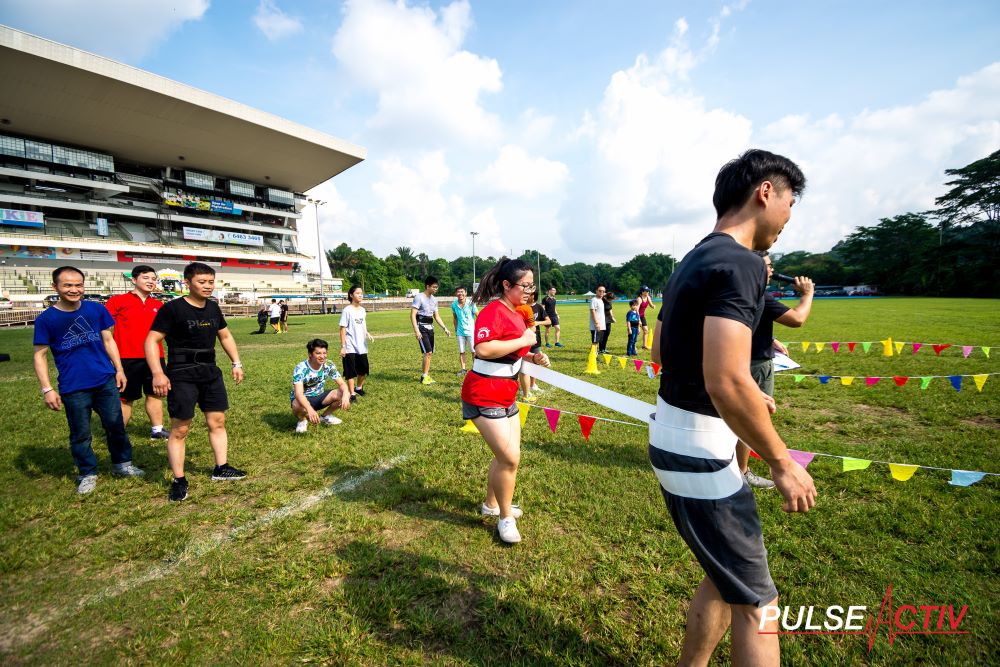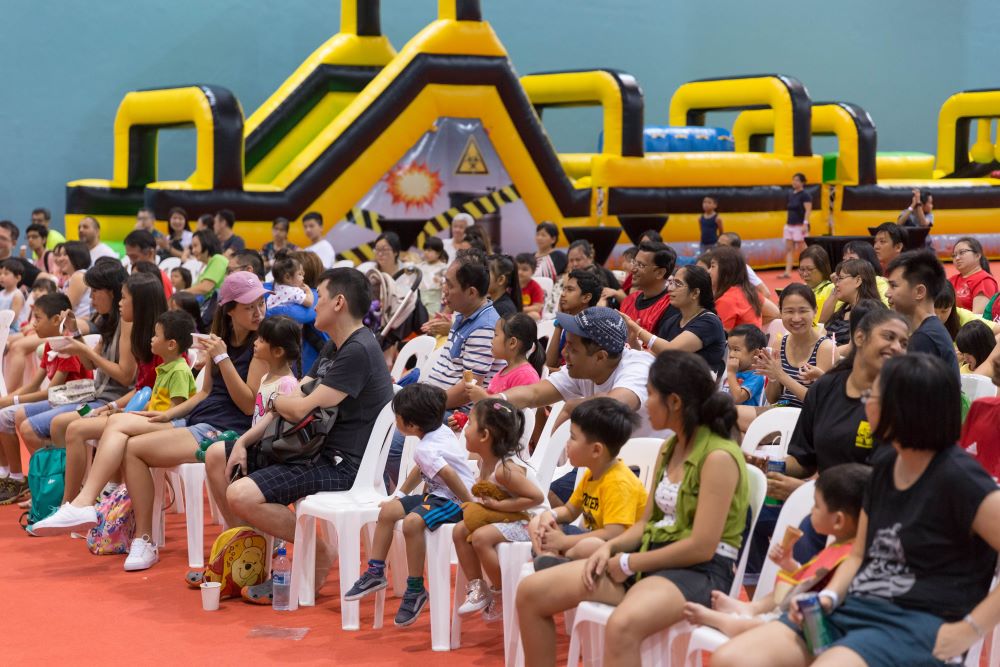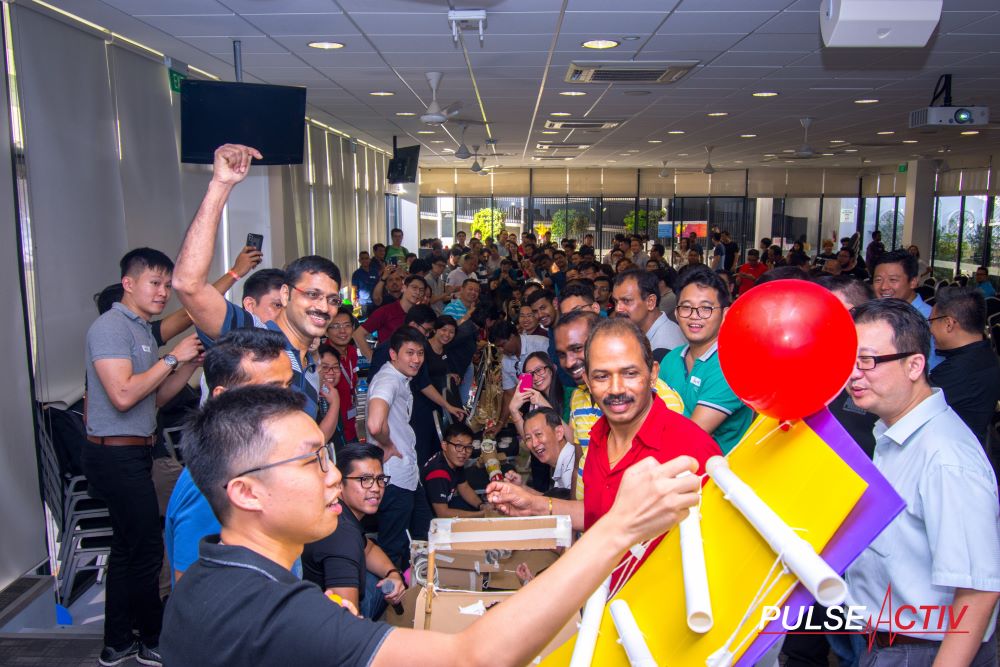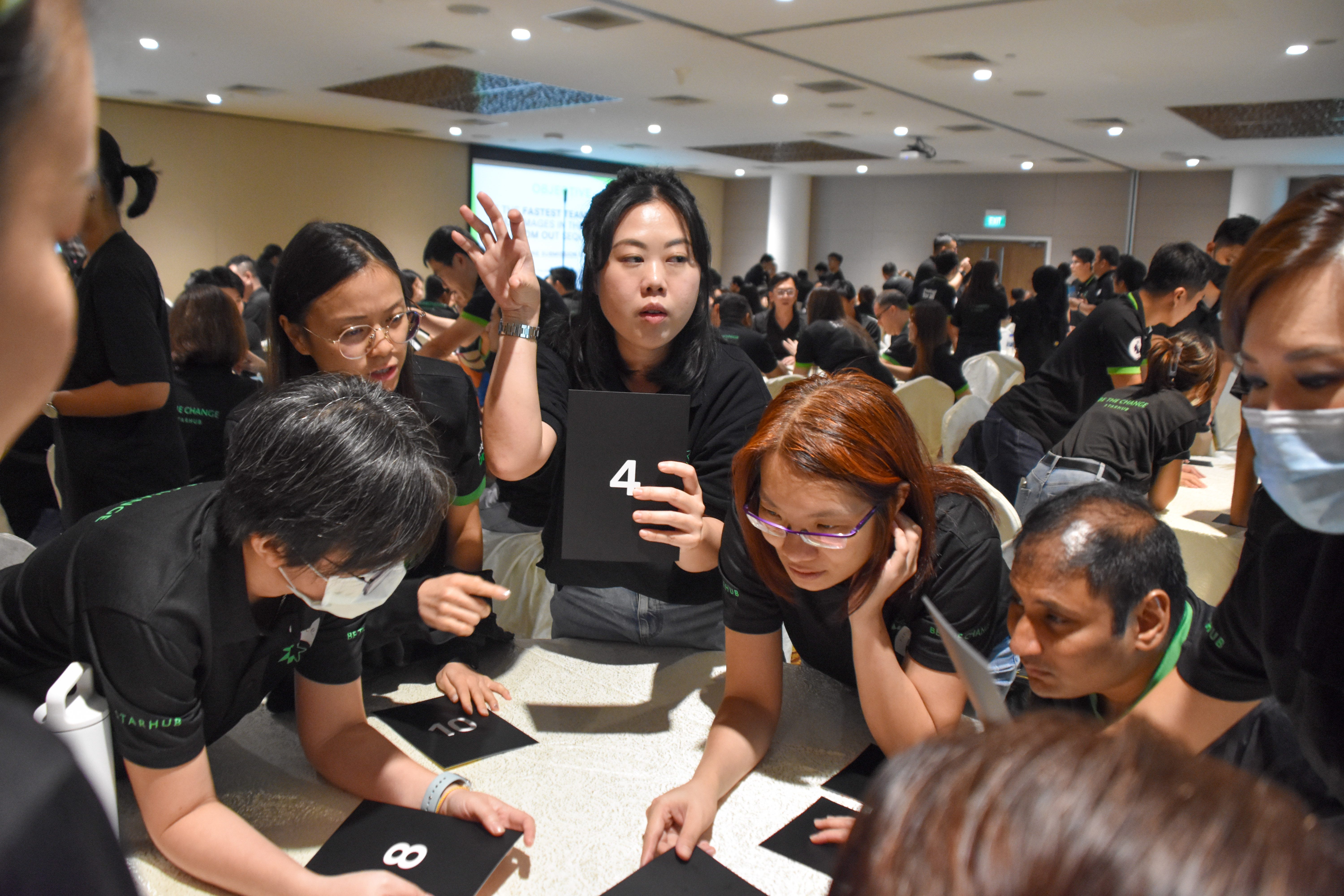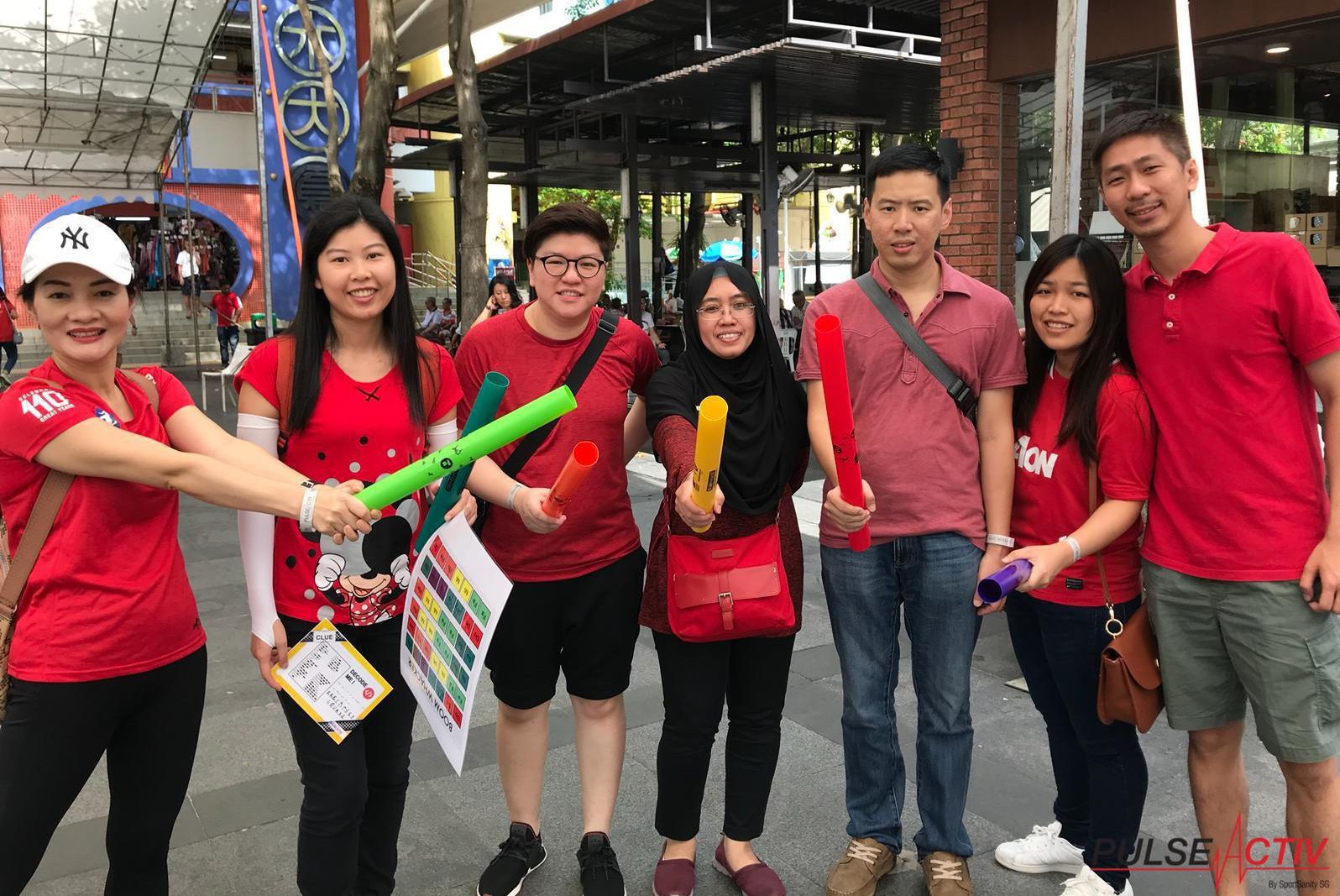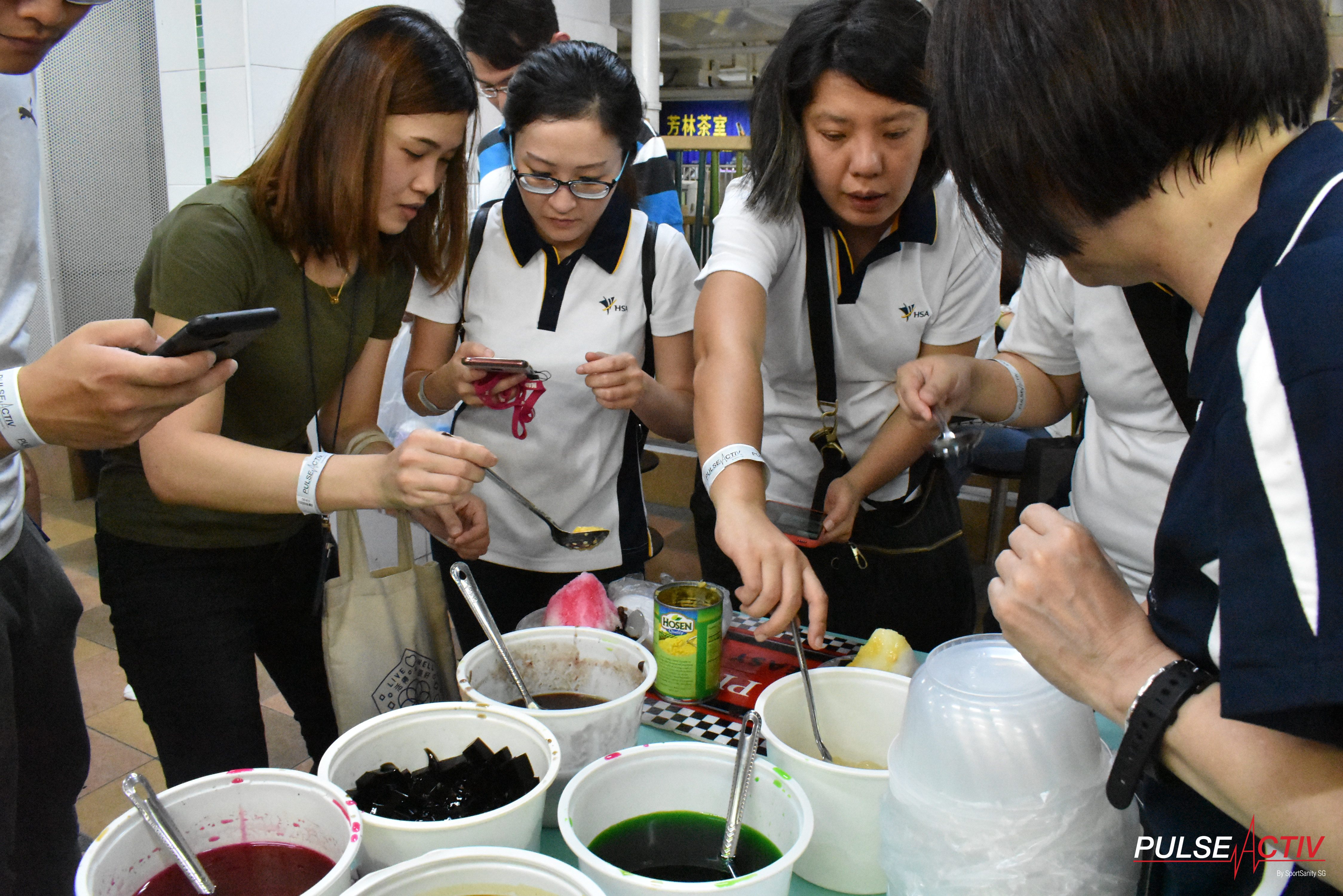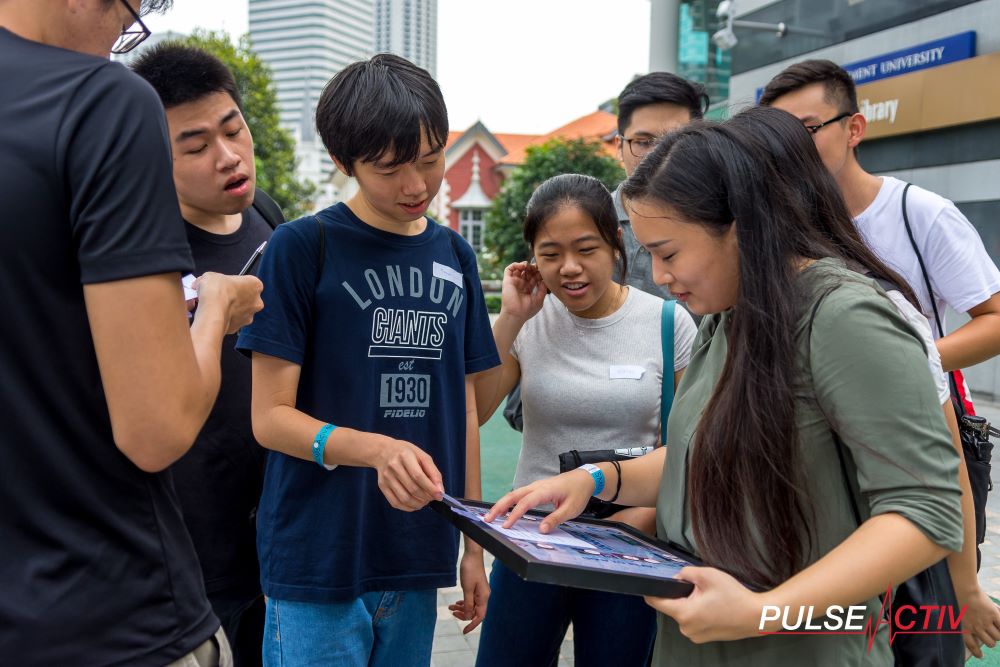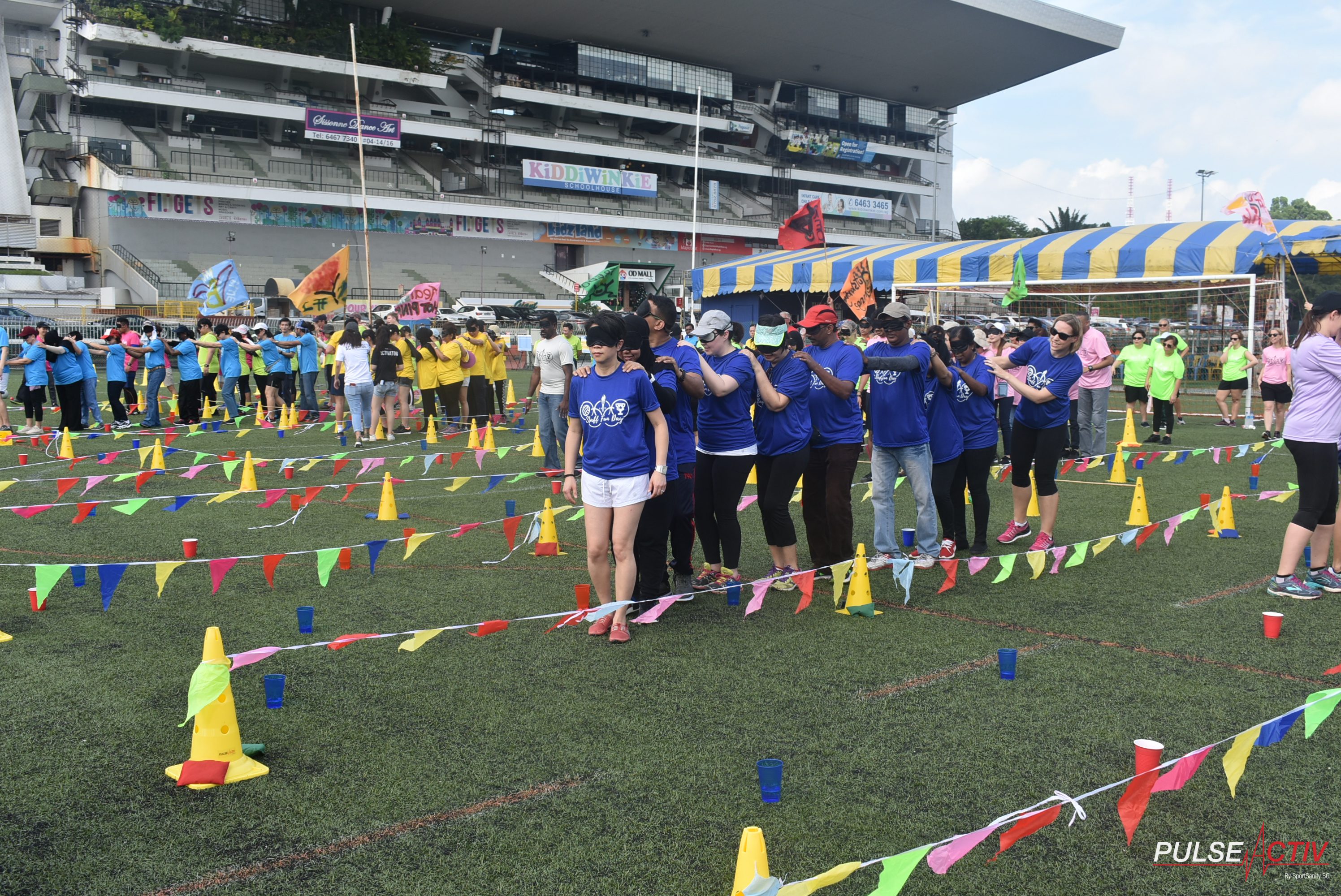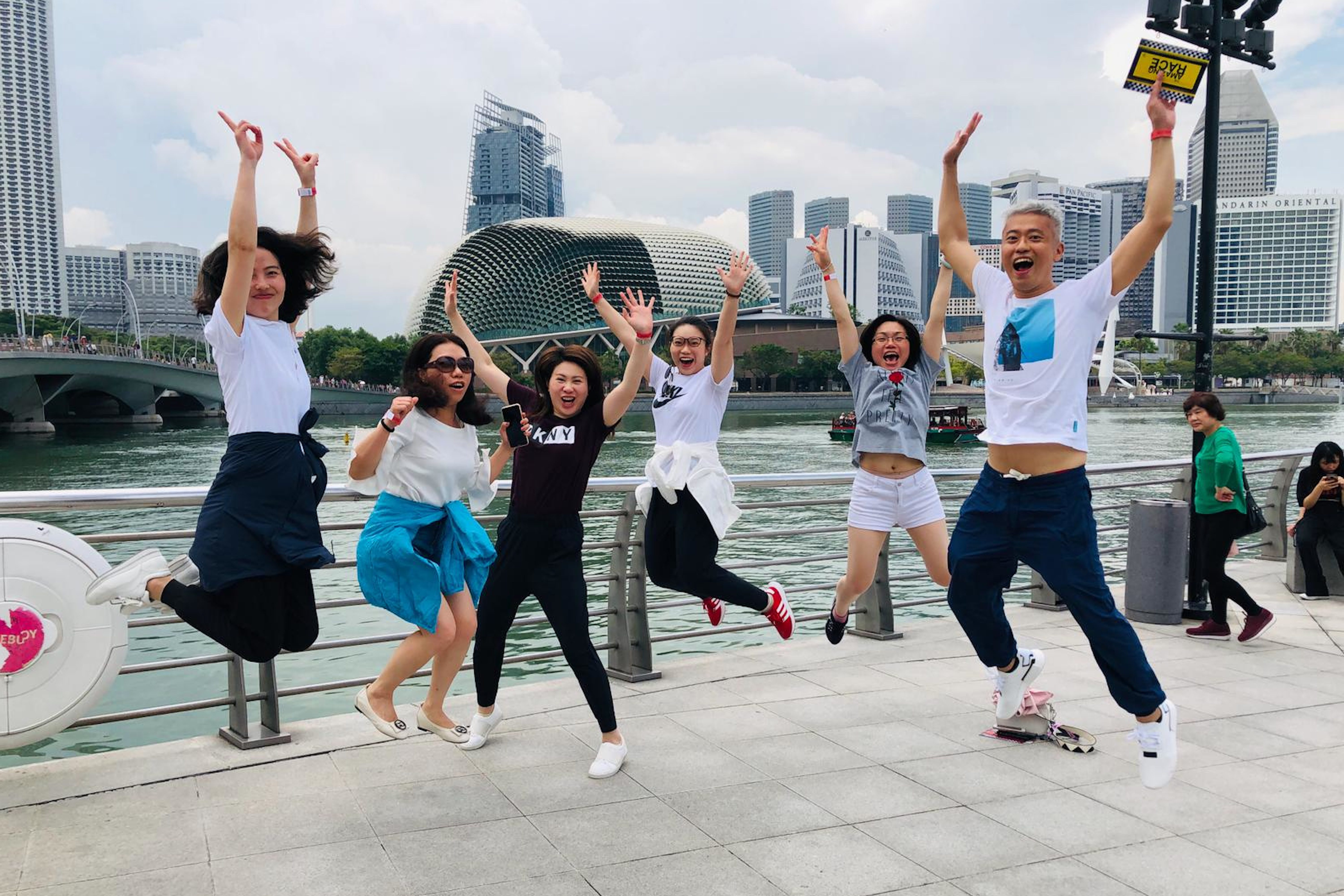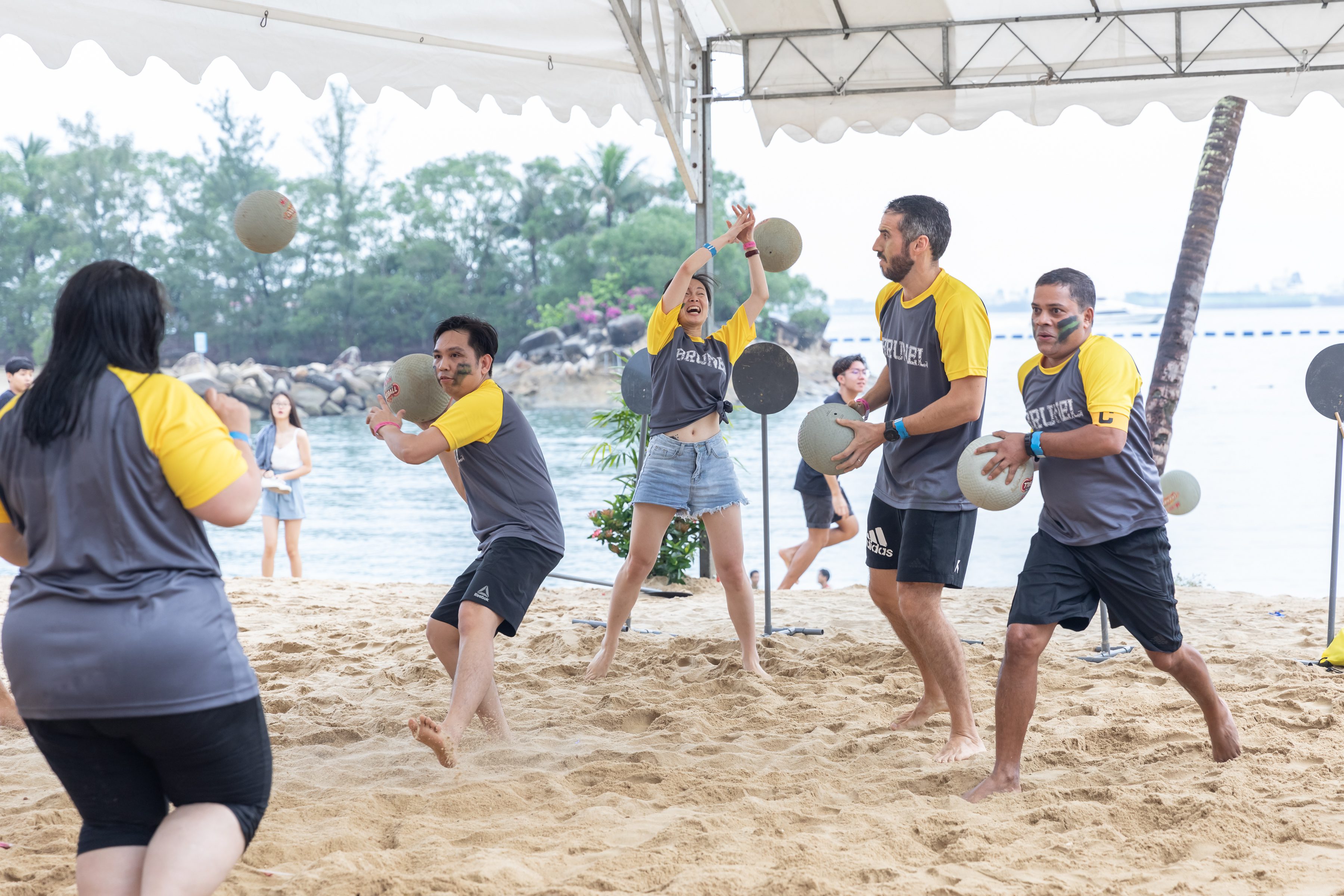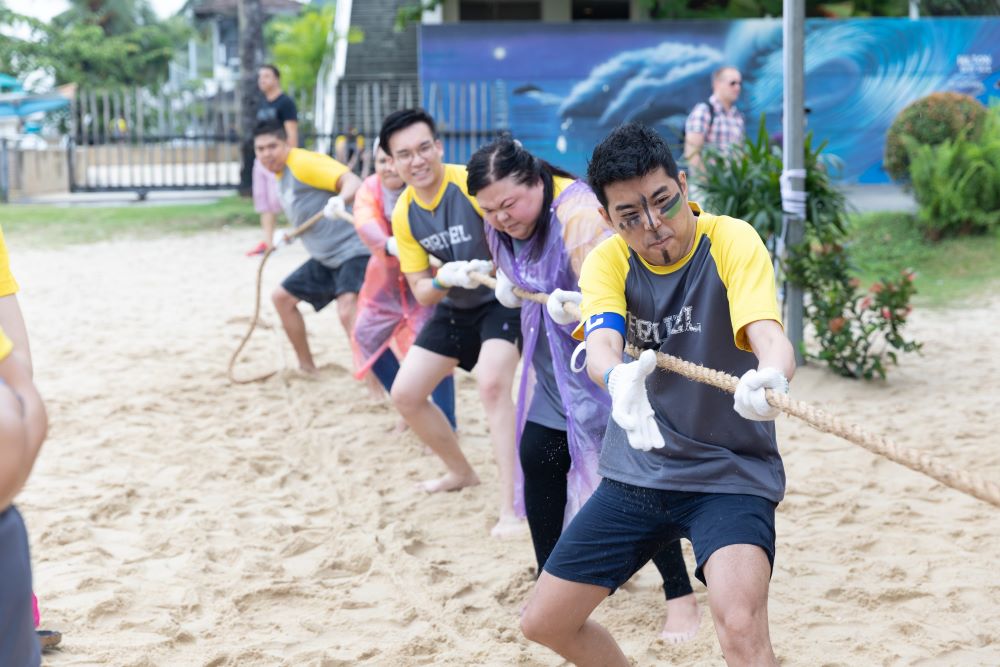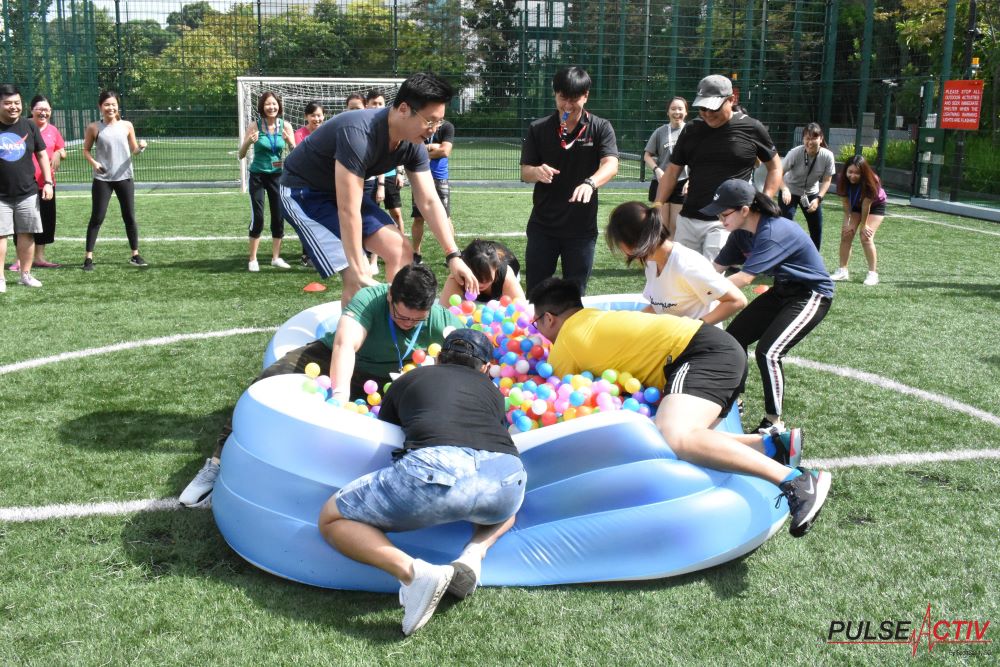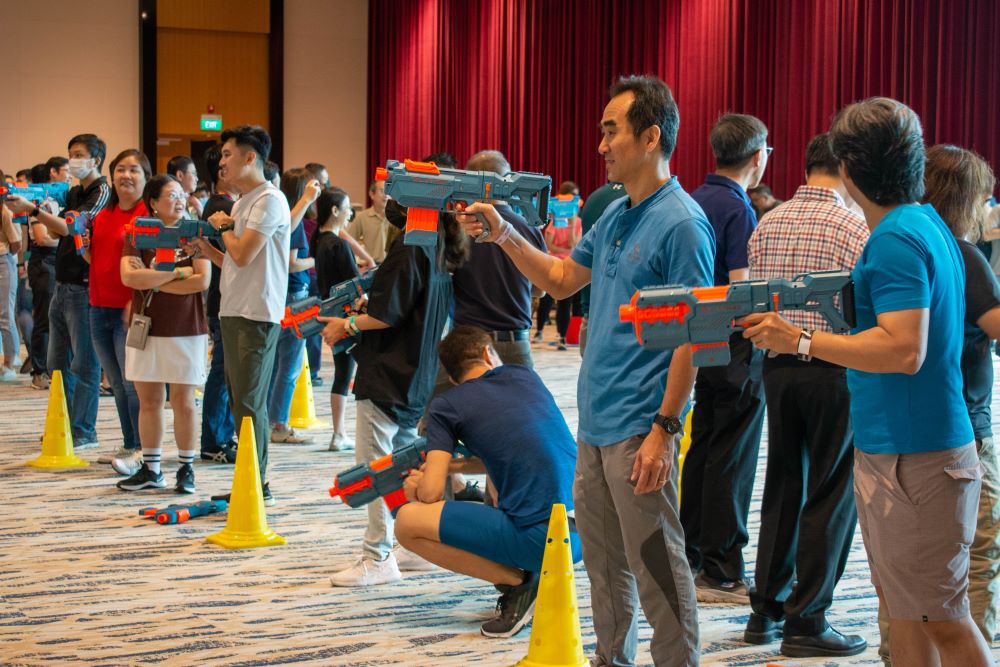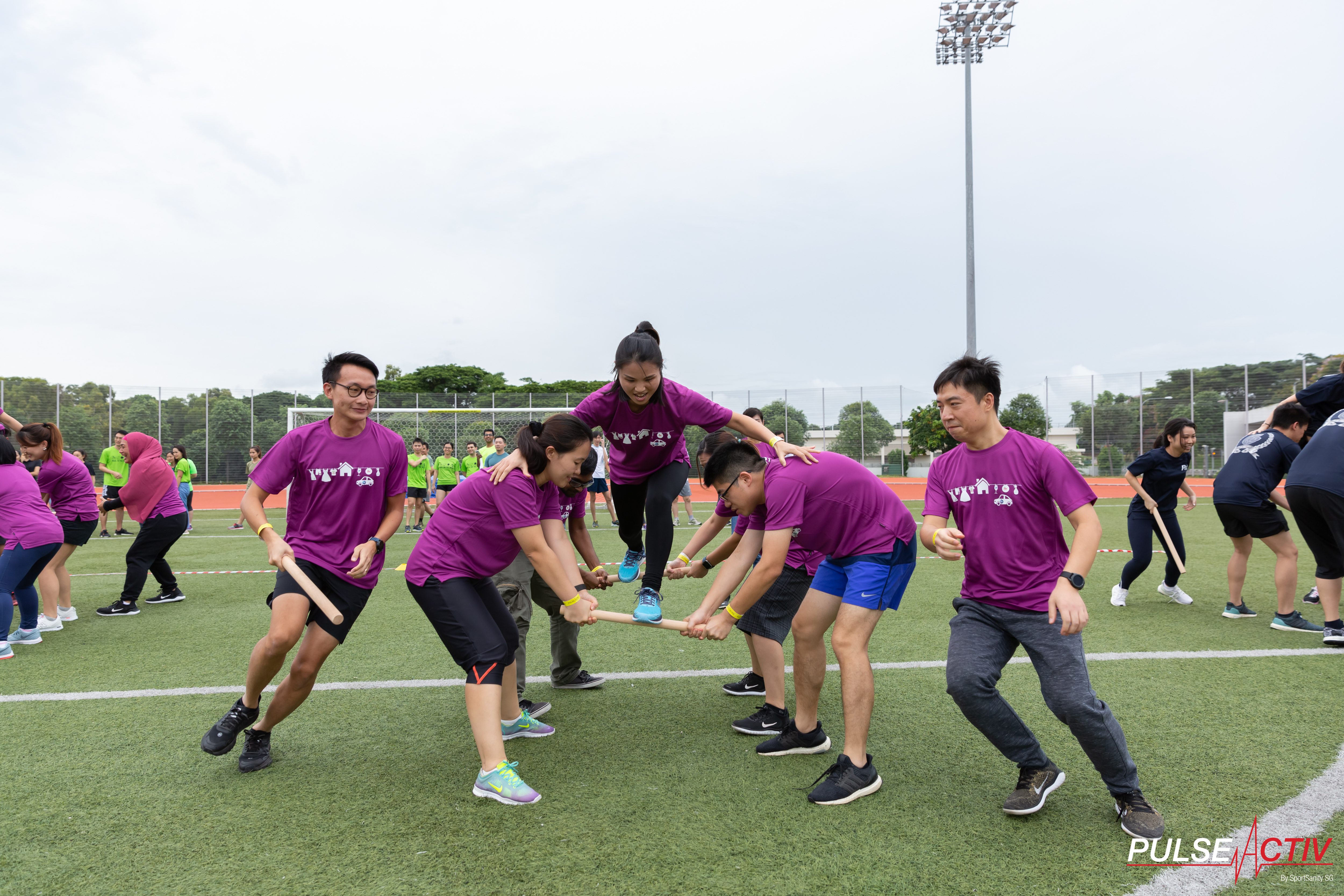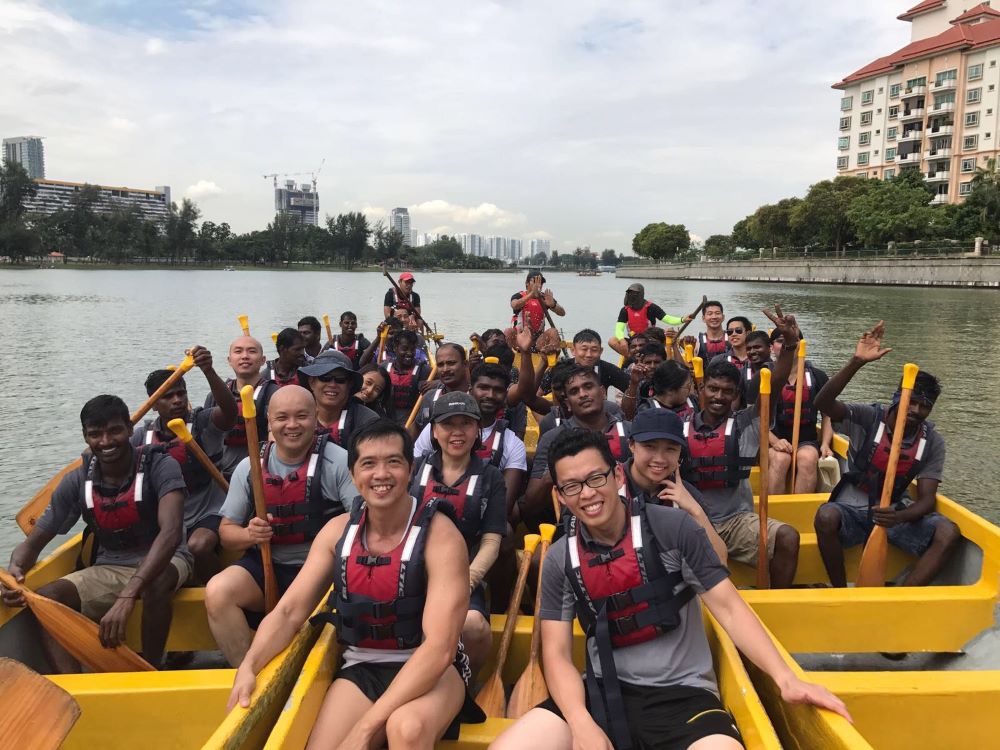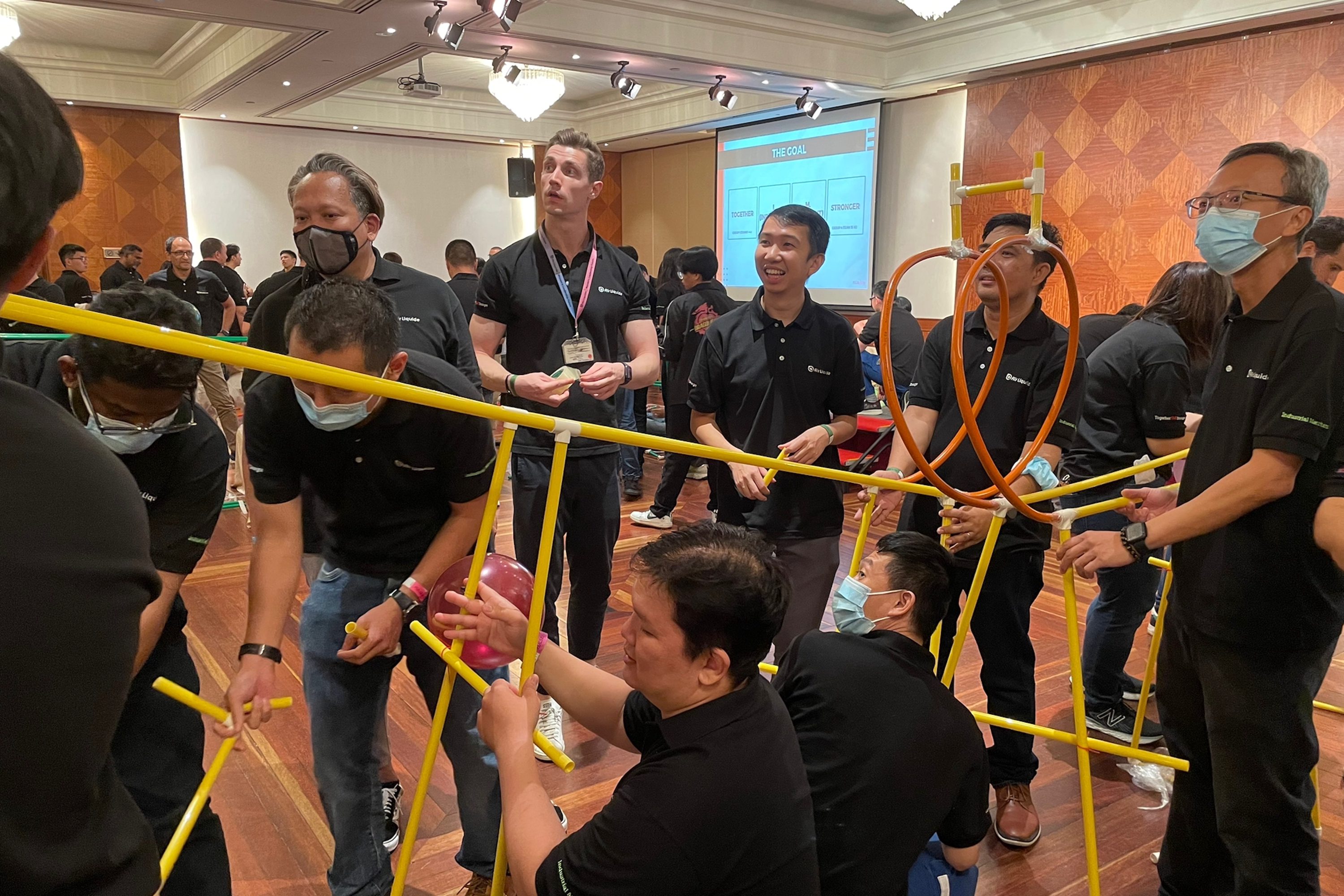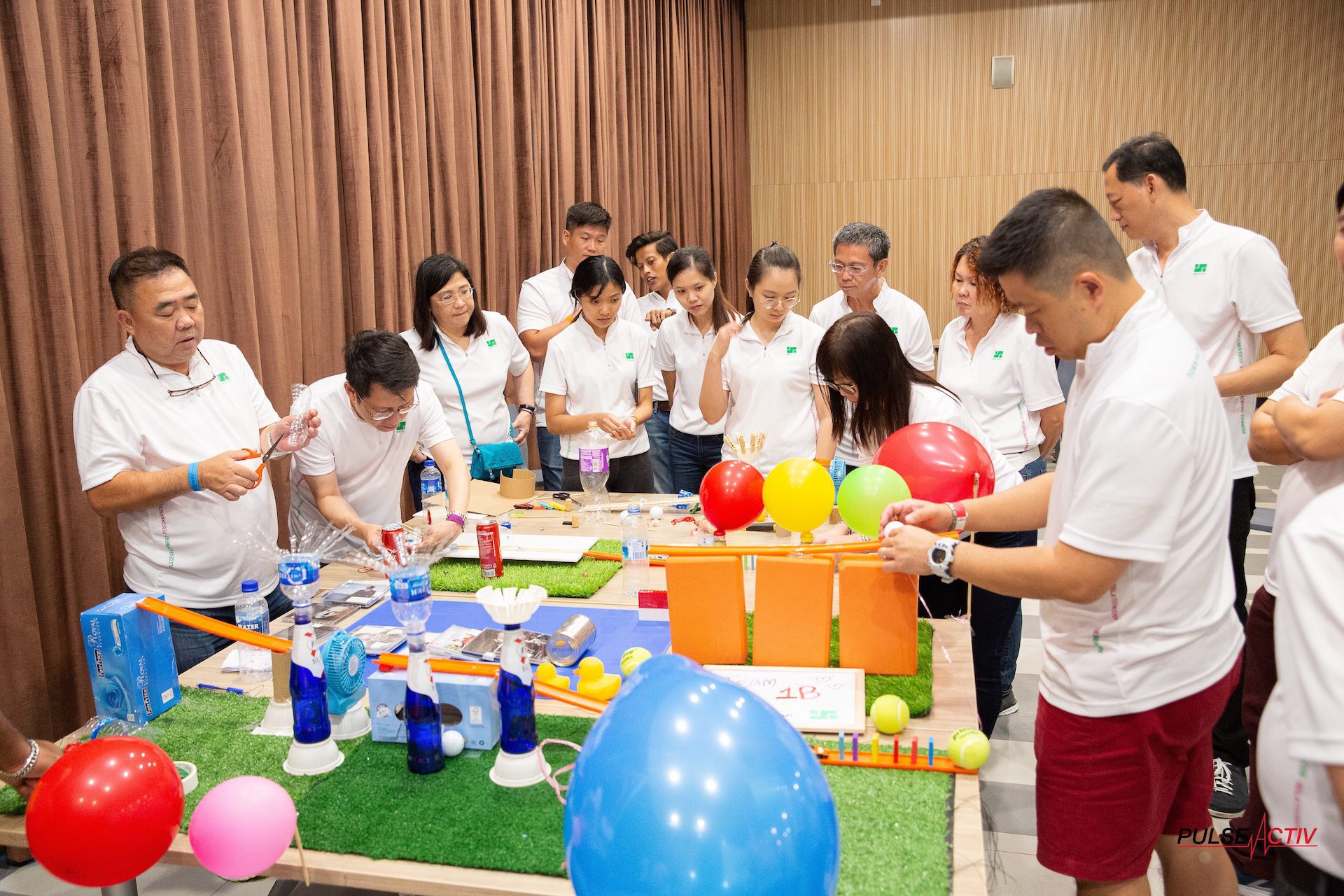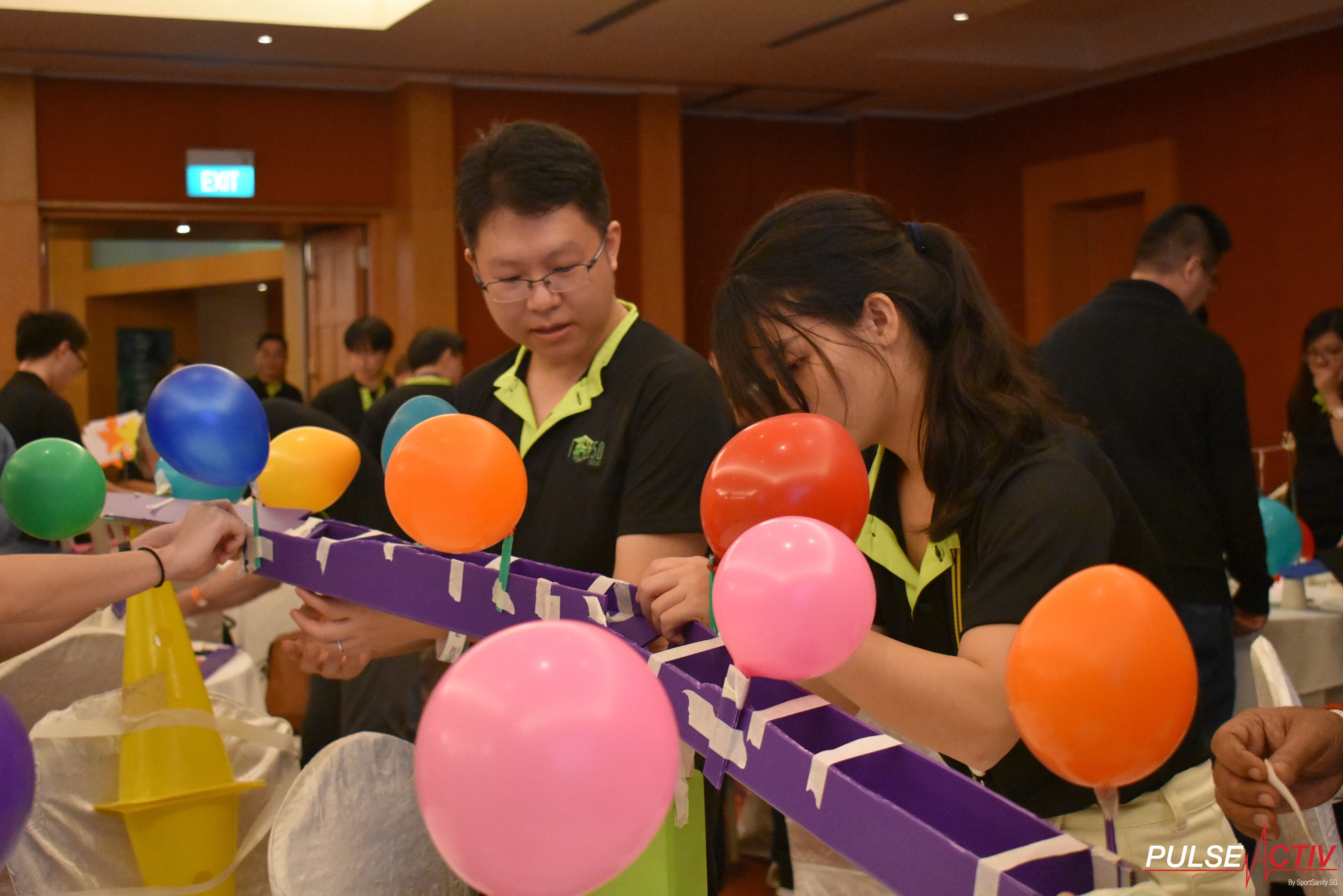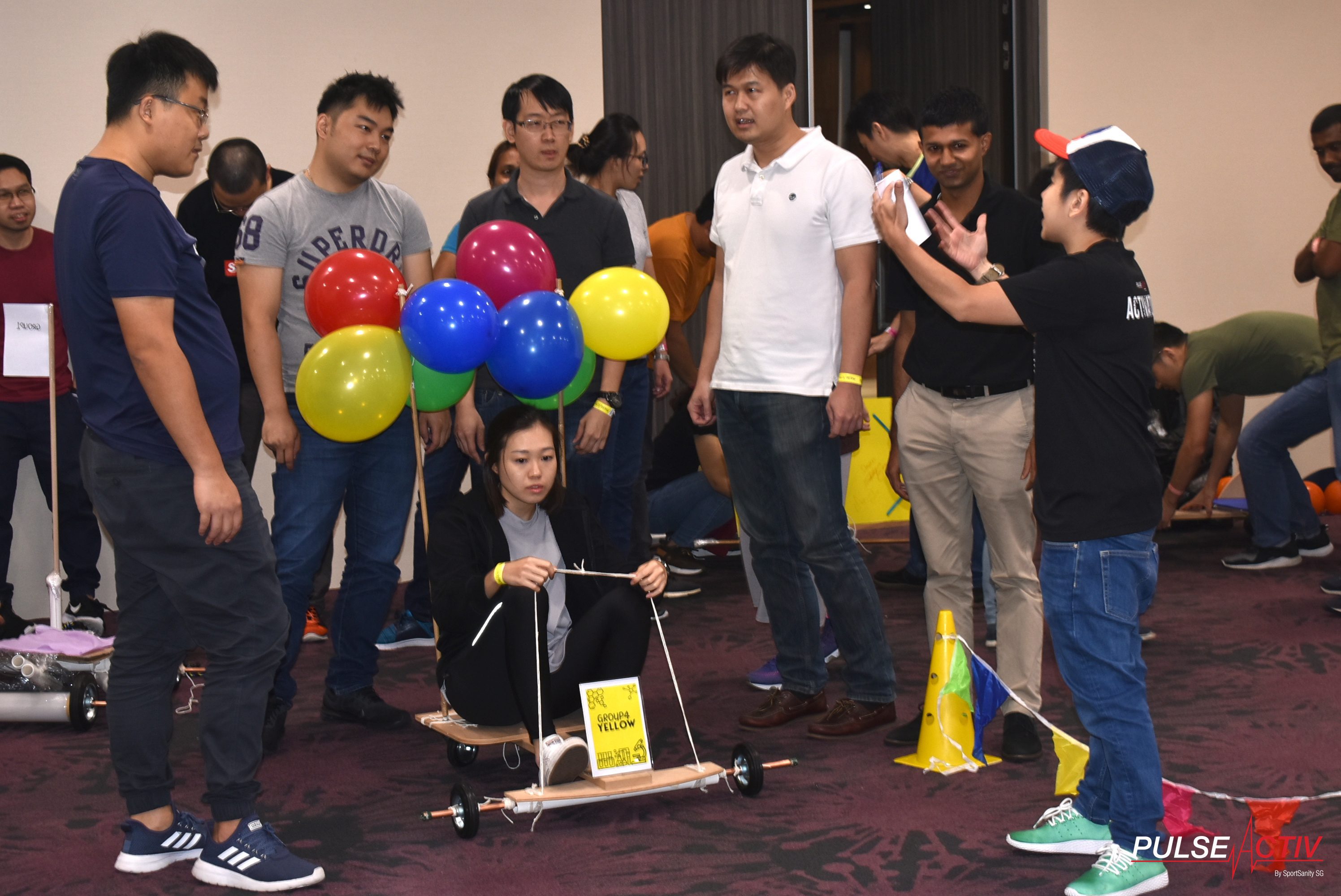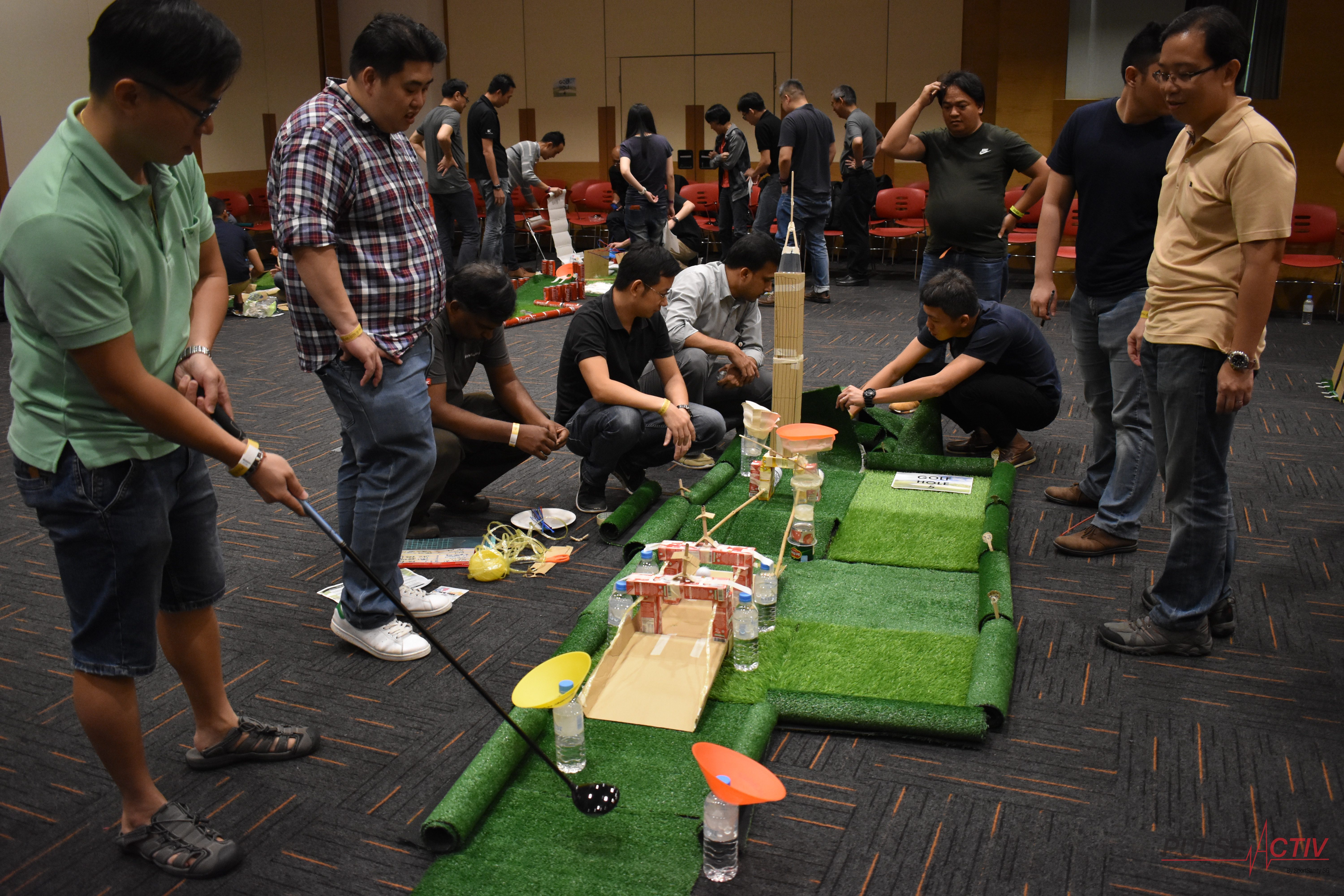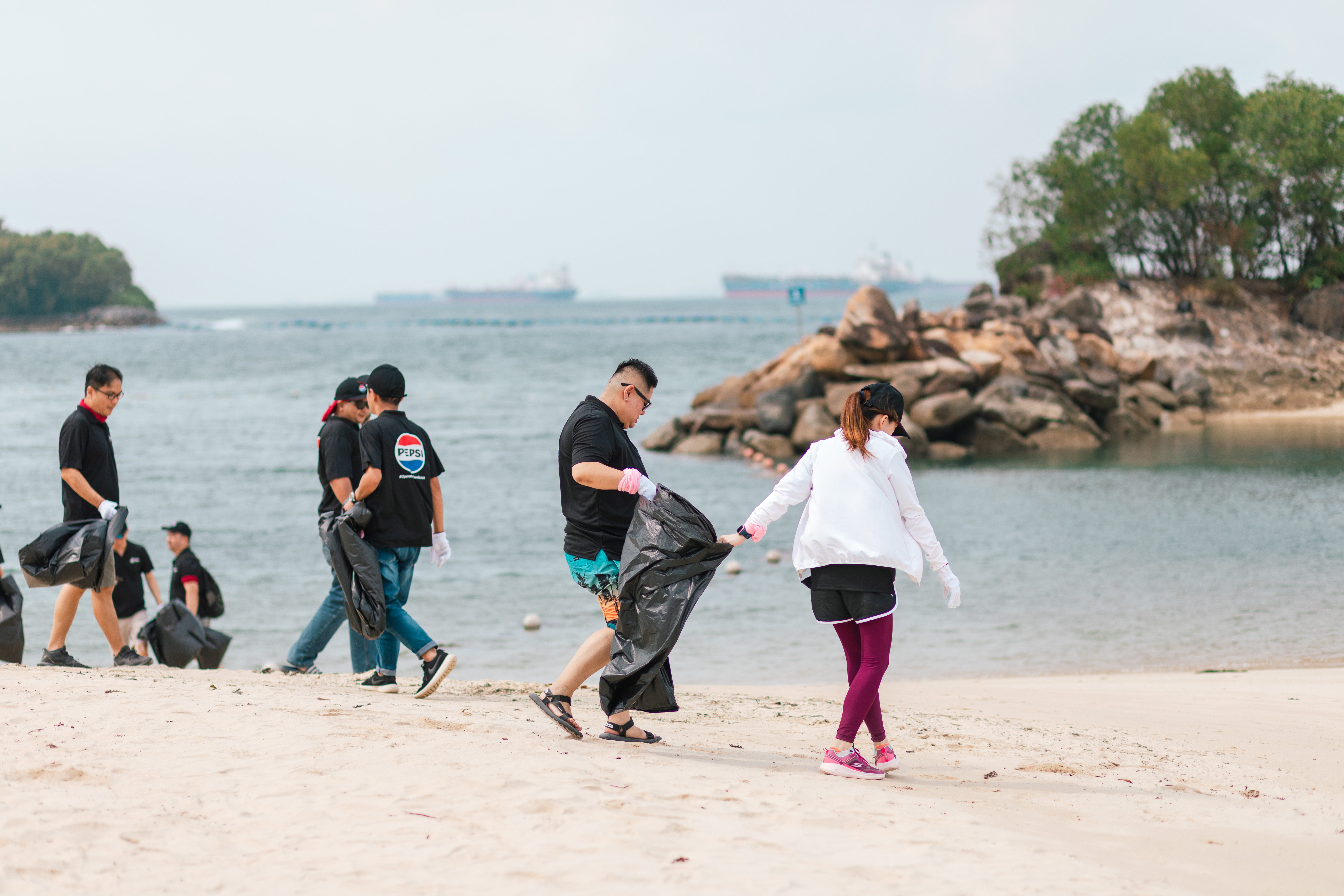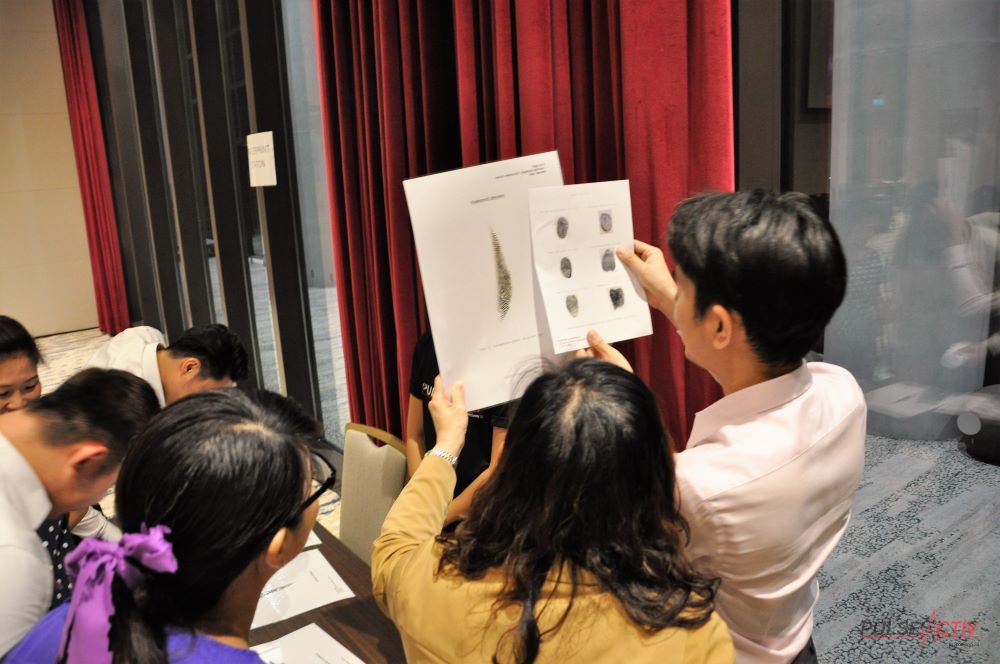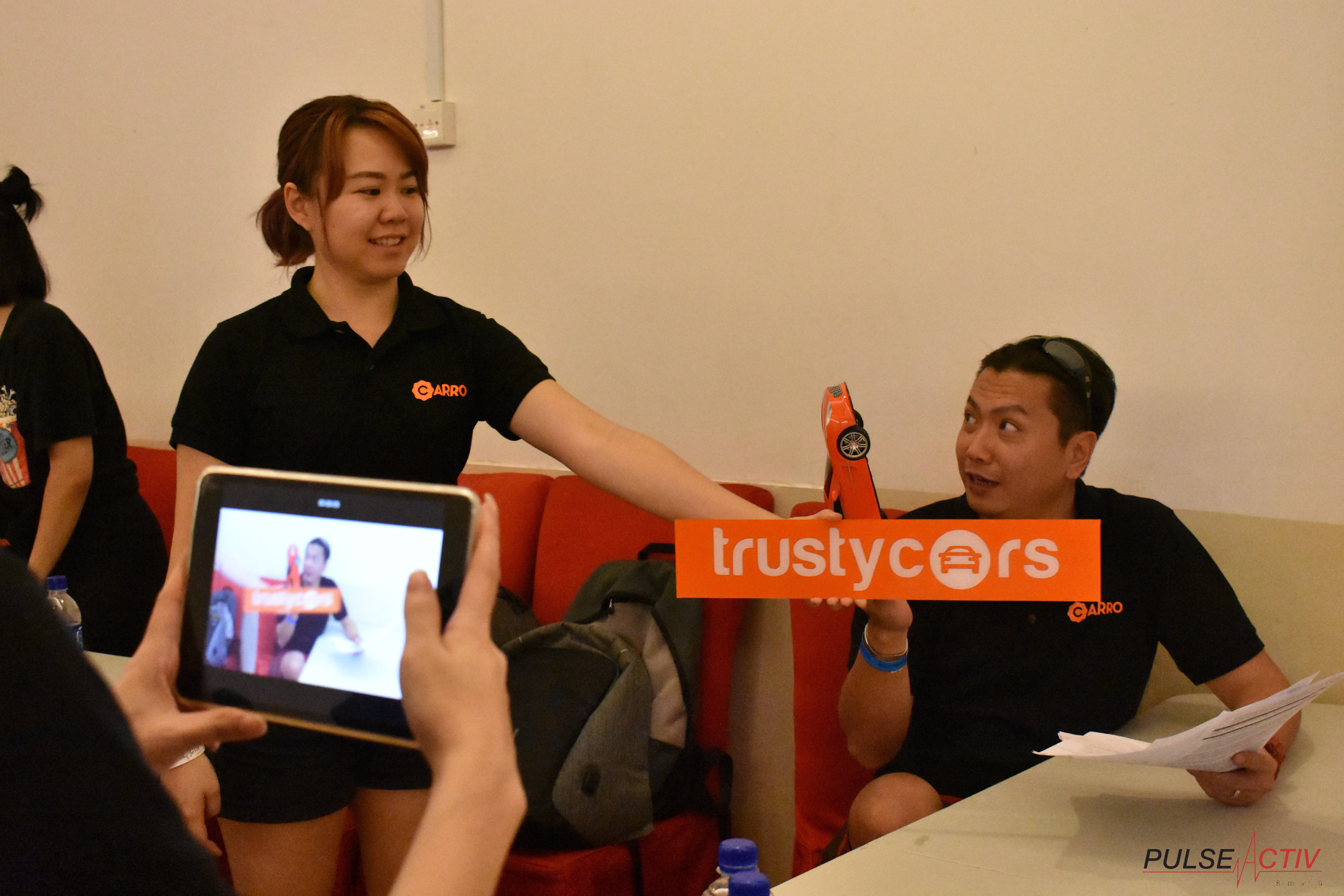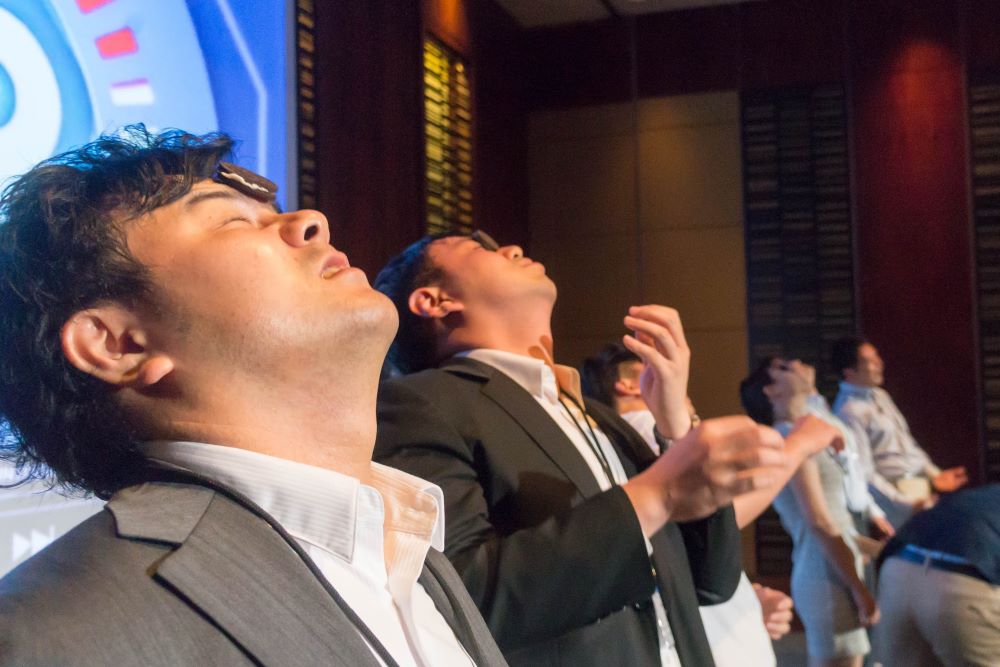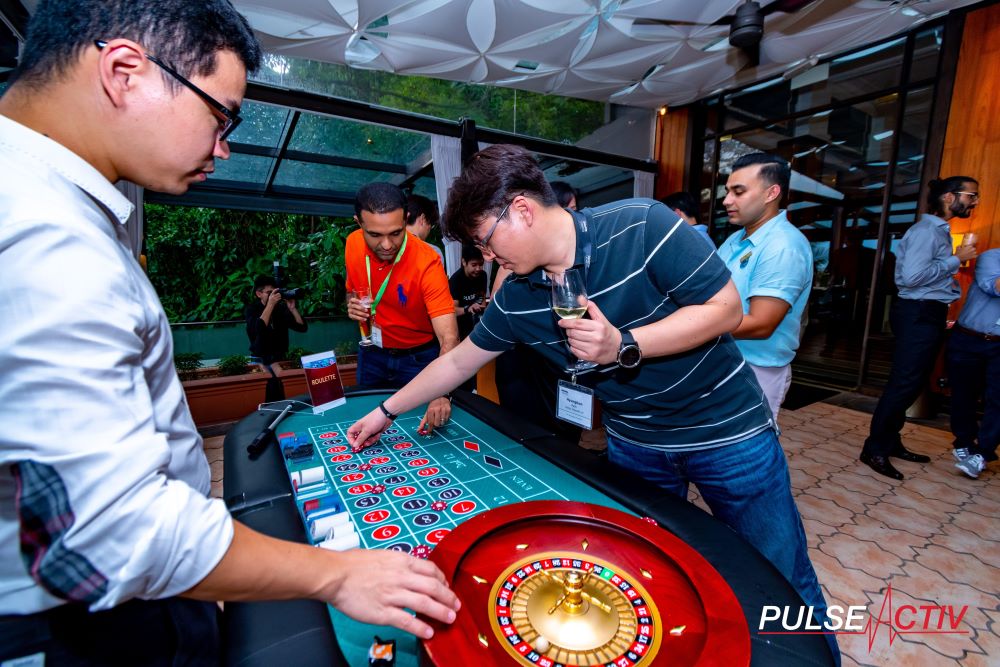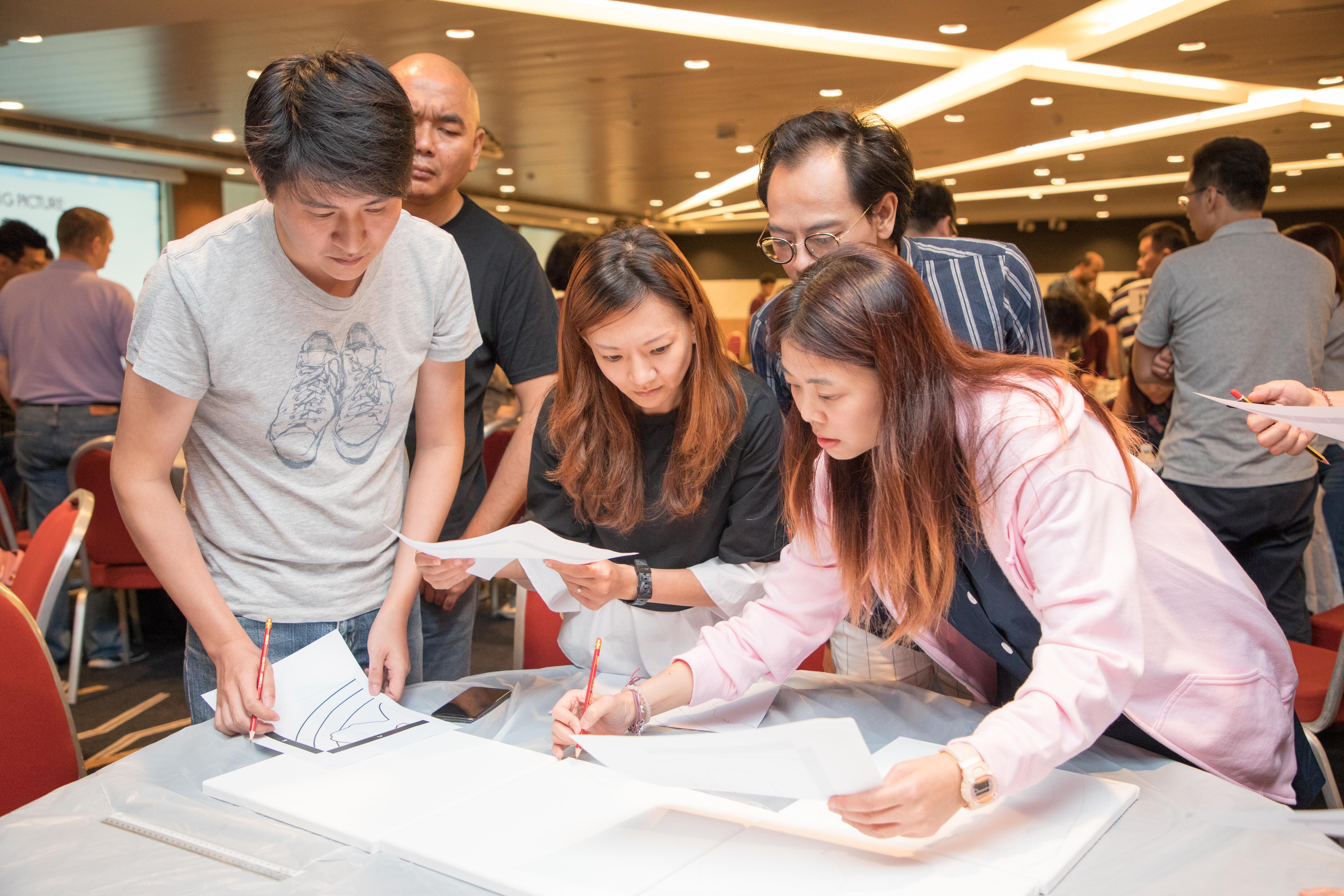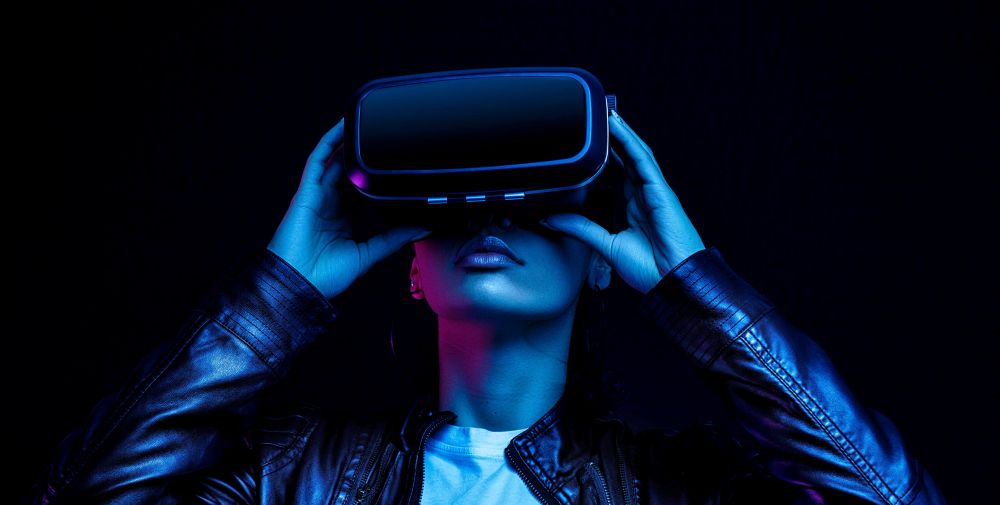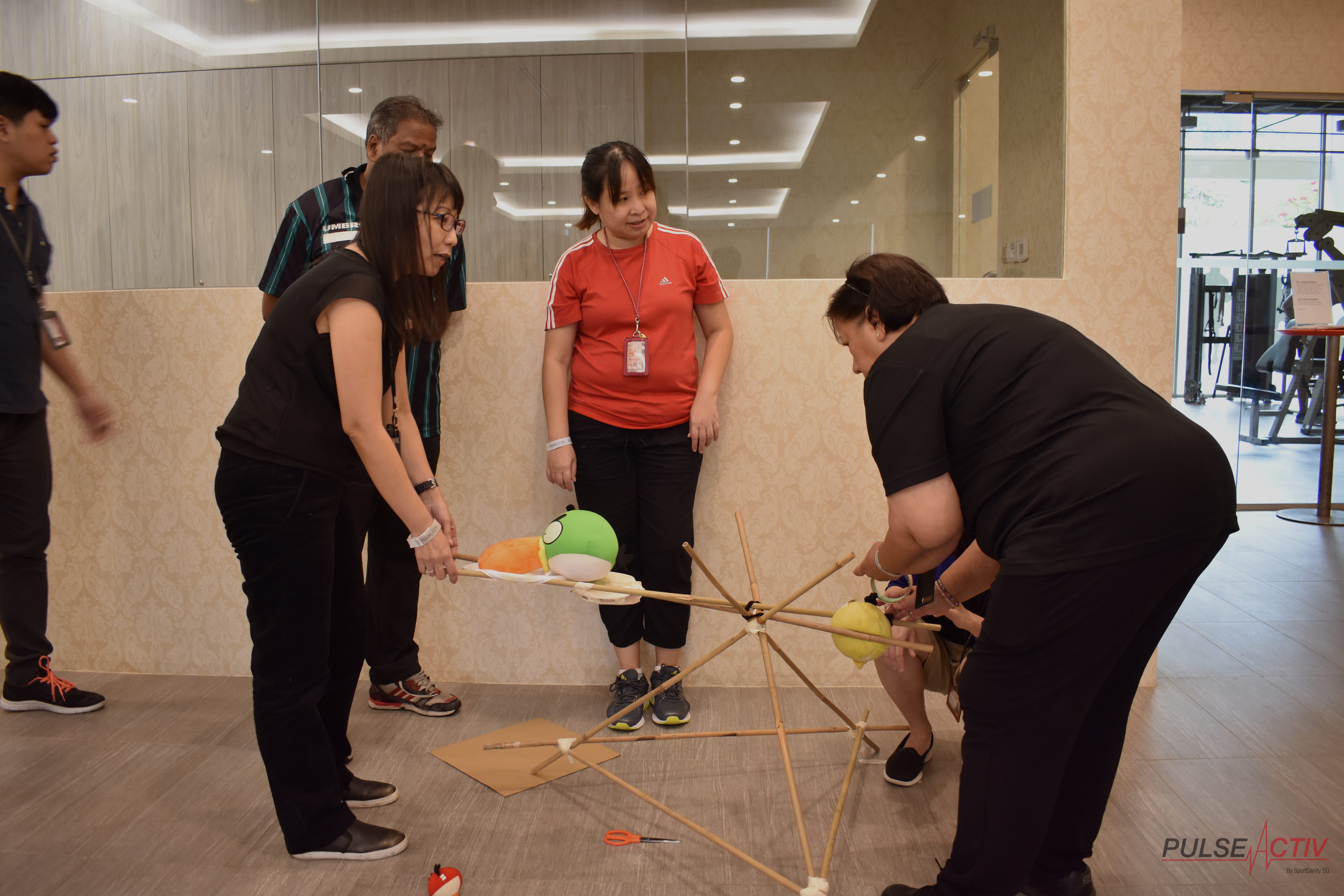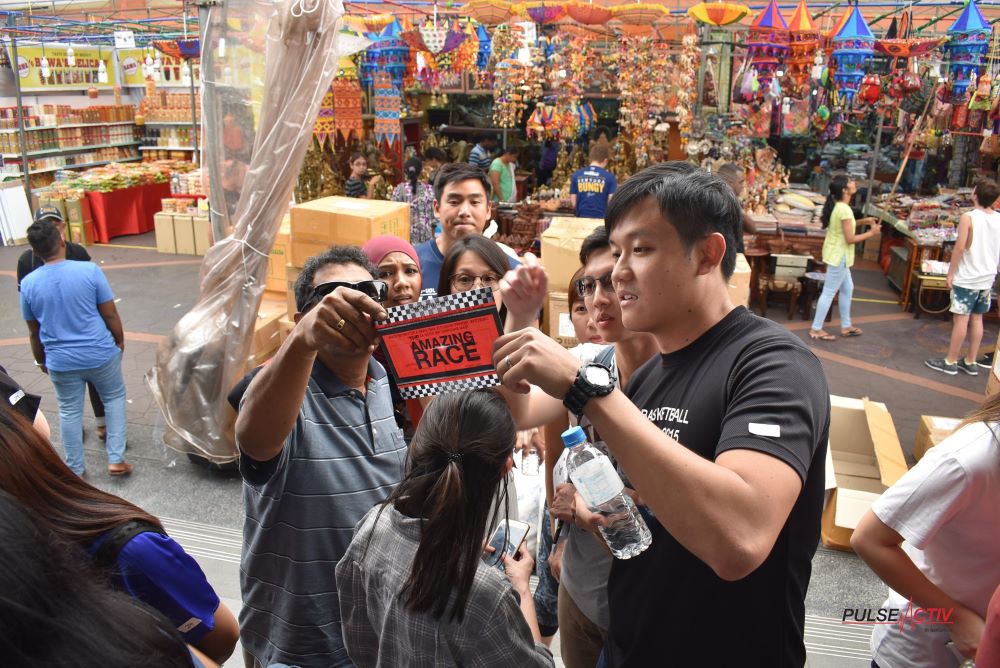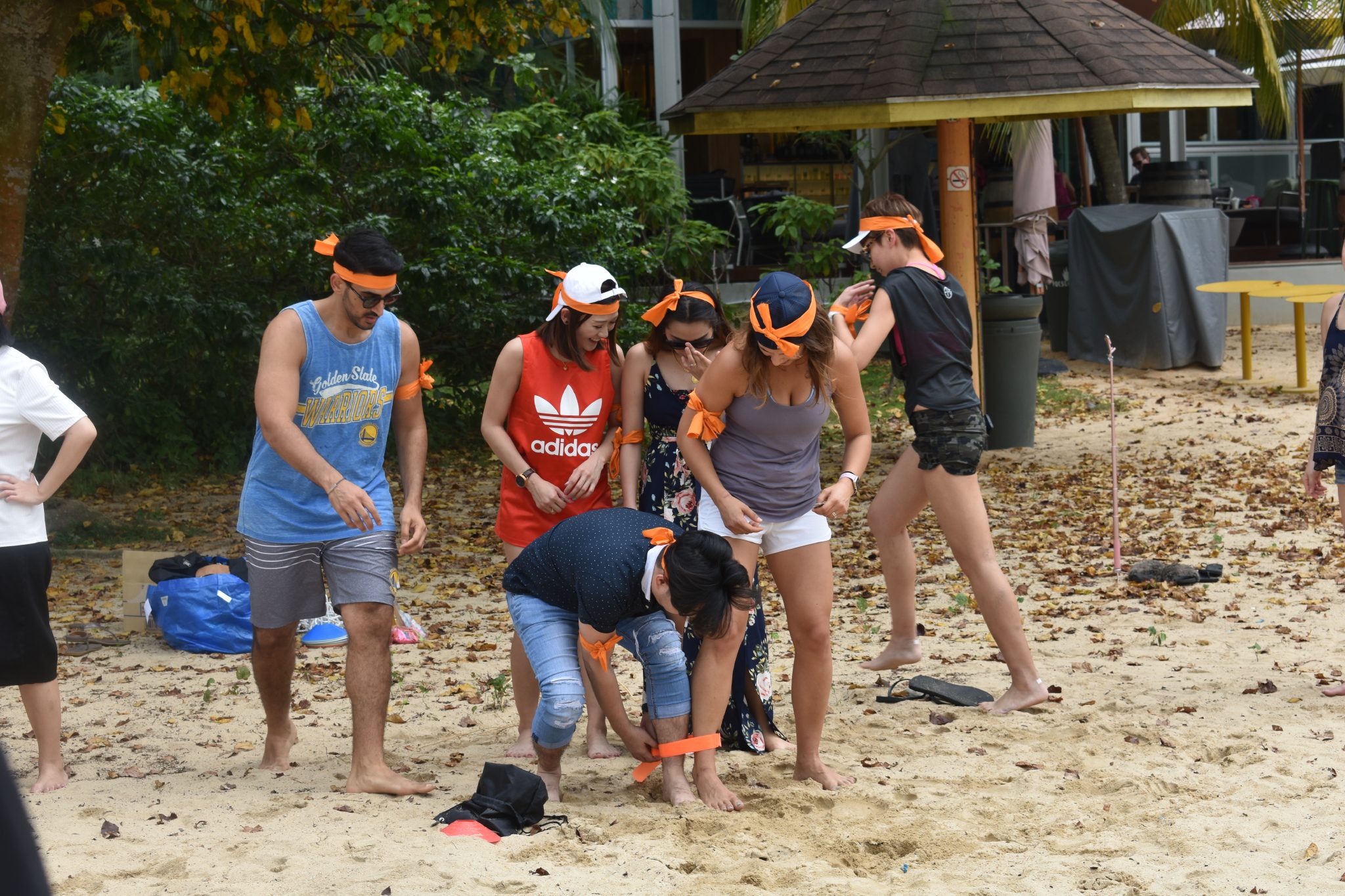Fun and Unique Sports Day Activities to Try for Your Company
Sports days aren’t just for schools anymore — they’re an incredible way for companies to foster team spirit, promote healthy competition, and create lasting memories outside the office. Whether you’re looking to break the ice, reward your team, or simply enjoy a day of fun, organizing a sports day filled with traditional and unconventional activities is a surefire way to engage everyone. Here’s how your company can mix classic games with fresh ideas and incorporate a bit of your unique culture to make your sports day unforgettable!
Traditional Sports with a Twist
1. Relay Races with a Fun Spin
Relay races are a staple of any sports day, offering the perfect combination of speed, strategy, and teamwork. But to make it more engaging, consider adding quirky elements like sack races, balancing eggs on spoons, or even having participants wear costumes as they race. These added challenges inject humor and unpredictability into the event, making it more than just a test of speed.
2. Tug-of-War with a Splash
Tug-of-war is a classic that brings out the competitive nature in everyone. To up the ante, consider placing a water-filled pit in the middle or using slippery ropes. Not only does this make the game more challenging, but it also adds a refreshing element of fun, especially during warmer months. Plus, it’s an excellent way to encourage teamwork and collective strength.
3. Capture the Flag with Themed Zones
Capture the flag is another traditional game that can be easily adapted to suit your company’s style. Create themed zones, such as a jungle, desert, or urban landscape, where teams must navigate different terrains to capture the flag. This not only makes the game more visually appealing but also encourages strategic thinking and collaboration as teams plan their routes and defenses.
Unconventional Sports to Shake Things Up
1. Human Foosball
Imagine transforming your colleagues into life-sized foosball players! In human foosball, participants are strapped to horizontal poles, limiting their movement to side-to-side motions, just like in the tabletop version of the game. It’s a fantastic team-building activity that requires coordination, communication, and a good sense of humor. Setting up a human foosball arena at your sports day will undoubtedly be a highlight, offering something totally unexpected.
2. Bubble Soccer
Bubble soccer adds a hilarious twist to the traditional game. Each player wears a large, inflatable bubble that covers their upper body, turning what would be a regular soccer match into a bouncing, rolling spectacle. The objective is the same as regular soccer, but the gameplay is wildly different, with players colliding, bouncing, and sometimes rolling across the field. It’s a fantastic way to get people laughing and breaking down barriers.
3. Quidditch
Why not bring a bit of magic to your sports day with a game of Quidditch? Adapted from the Harry Potter series, Quidditch combines elements of dodgeball, tag, and basketball. Players run with broomsticks, aim to score through hoops, and try to catch the golden snitch — a player dressed in yellow who races around the field. It’s a unique and entertaining activity that appeals to fans of the series and offers something truly different from the usual sports day fare.
Team-Building Games and Challenges
1. Obstacle Course Challenges
Obstacle courses are the ultimate test of agility, strength, and teamwork. Create a course that includes a variety of challenges, such as climbing walls, crawling through tunnels, and balancing on beams. To encourage teamwork, include sections where participants must work together to complete the task, like carrying a teammate or solving a puzzle mid-course. This activity not only tests physical abilities but also enhances problem-solving skills and builds stronger bonds between colleagues.
2. Blindfolded Trust Walk
A blindfolded trust walk is a powerful team-building exercise that emphasizes trust and communication. Pair up employees, with one person blindfolded and the other guiding them through a course using only verbal instructions. The challenge lies in navigating obstacles and trusting your partner to lead you safely. It’s a simple yet effective way to build trust and improve communication skills within your team.
3. Puzzle Races
Combine brainpower with physical activity by organizing puzzle races. Set up stations where teams must solve puzzles before moving on to the next leg of the race. These puzzles can range from jigsaw puzzles to word games or logic challenges. This activity encourages collaboration under pressure and ensures that everyone, regardless of physical ability, can contribute to the team’s success.
Incorporating Company Culture into Sports Day
1. Themed Events That Reflect Your Company’s Identity
Choosing a theme that reflects your company’s values or industry can add a layer of meaning to your sports day. For instance, a tech company might opt for a “Future Sports” theme, featuring games that are tech-driven or futuristic. Alternatively, a company focused on sustainability could organize an “Eco Sports Day,” with activities designed to promote environmental awareness. This approach not only makes the event more cohesive but also reinforces your company’s mission and values.
2. Branded Team Gear for Unity and Pride
Outfit your teams with custom-branded gear like t-shirts, hats, or wristbands that feature your company’s logo and colors. This not only builds team spirit and a sense of unity but also serves as a subtle reminder of your company’s culture and identity throughout the event. Plus, these items can double as souvenirs, reminding employees of the fun day they had together.
3. Weaving Company Values into Challenges
Incorporate your company’s core values into the sports day challenges. For example, if innovation is one of your key values, you could create a game where teams must invent a new sport or modify an existing one to suit their creativity. If collaboration is essential to your company’s success, design challenges that require teams to work closely together, ensuring that each member contributes to the group’s achievement. This approach not only makes the activities more meaningful but also reinforces the values that drive your company’s success.
Conclusion
Planning a sports day for your company is an excellent way to break the routine and bring your team together in a fun, engaging environment. By combining traditional and unconventional sports, incorporating team-building challenges, and weaving in your company’s unique culture, you can create an event that’s not only entertaining but also enriching. These activities are designed to get everyone involved, boost morale, and foster a deeper connection among colleagues. So, why not give it a try? With a bit of creativity and planning, your company’s sports day could become an annual event that everyone looks forward to!
To head back to read another article in our blog, click here.
